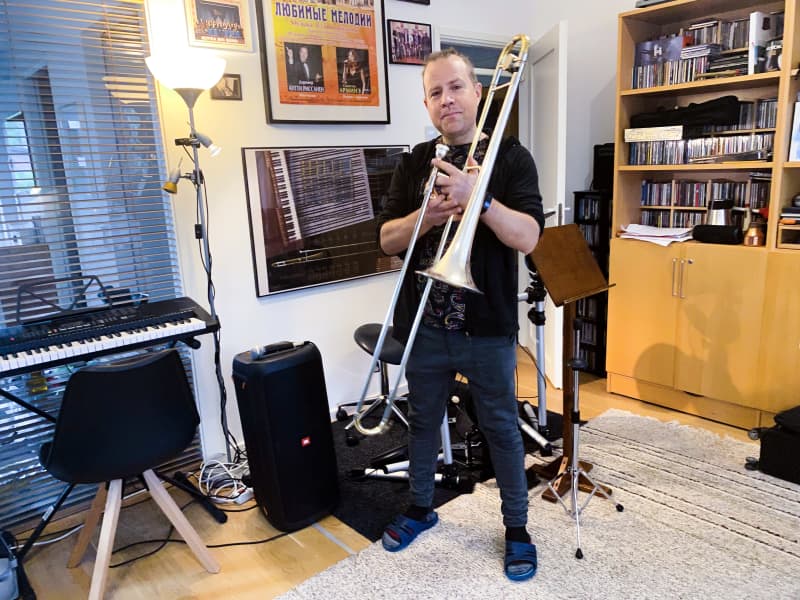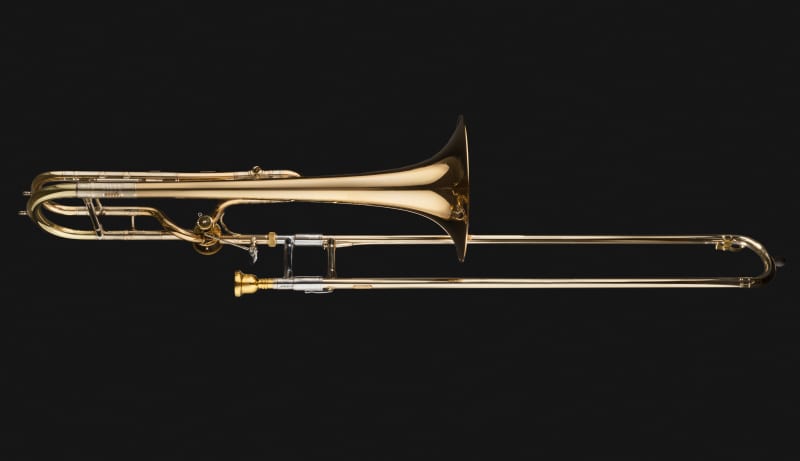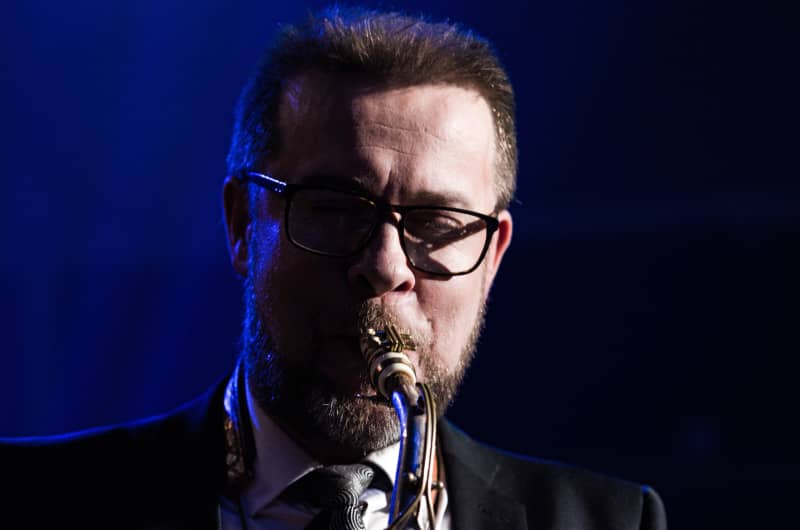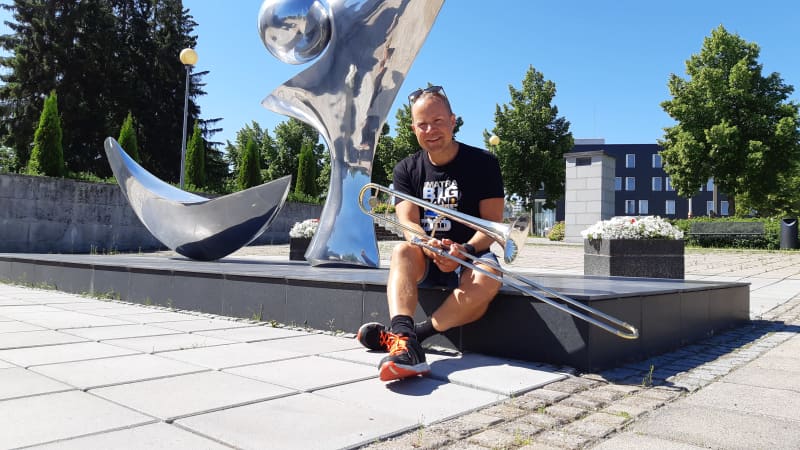
Sunday’s guest Antti Rissanen is a respected trombonist who never forgets his teachers.
*Antti Rissanen is a guest on Yle Radio Finland’s Sunday Guest programme. Listen to the programme above.*
Rissanen is a musician who has not been chosen by chance to play in orchestras for the general public. He is a trombonist, arranger, composer, conductor and music lecturer with a doctorate, and has even had an international music competition organised under his name.
It’s all thanks in part to a teacher whose suggestion decades ago sealed the rest of Rissanen’s life.
What makes a good teacher?
The conversation with the editor often starts with music, but eventually always leads to pedagogy and teachers. Teachers have clearly been of great importance to Rissan.
– What a good teacher can give students is not necessarily the knowledge that \”when you do this, you will become the best in the world\”. A good teacher must awaken that inner motivation in the student and create such prospects for the future so that motivation really runs rampant, Rissanen explains.

The basic idea of \u200b\u200bthe method is that a child can learn to play in the same way as he learns his mother tongue: by absorbing the skill from his environment, i.e. by listening, experimenting and living in the middle of music.
The teacher inspired little Rissa with her style so that playing quickly began to feel like the most important thing in the world. Rissanen played every day and even started composing with Ahonen’s encouragement.
– Playing lessons were always the best moment of the week. Now I teach people myself that a successful playing lesson must be such an experience that they want to take the lesson again and expect it.
One cassette changed everything
At the age of nine, Rissanen took up the baritone horn alongside the piano at the Kotka region’s music college.
– Miika was an inspiring person as a person. He was very determined and reliable, and that made a big impression on me.

Jokipii gave Rissan a cassette of trombone music. It sounded so incredible to Rissas that he listened to the tape every day and played along. Little by little he developed.
– I thought that one day I would be able to play like those guys on the cassette. I didn’t know it would take about 20 years. I thought that the goal would be achieved in a few years, says Rissanen.
There were still several teachers ahead who would shape Rissanen’s perception of music.
Only jazz was important
Big band and jazz music created a new exciting path alongside classical music. Rissanen wanted to be a professional musician when he grew up.
At the age of 15, he applied and was admitted to the Sibelius Academy for youth training, where he studied both piano and trombone. In the end, in my twenties, fans and jazz won.
– At one point, I thought so cornistically that people who have families and children don’t appreciate jazz music, because they sacrifice their time for something else. I might disagree a little these days, the parent of two children says with amusement.

You also have to learn what it is to be an artist
– Petri said that you know, you are quite good at this. He immediately gave us a sea route from which we started building.
Part of Juutilainen’s teaching method was also to educate his students about what it is to be an artist.
– I went to classes at his house sometimes. It was great when he was lying on the couch when I came in and said \”morning, morning, Put some food on the table and then we’ll start playing. This is the art of being an artist, that sometimes you take it easy and sometimes you work like crazy,\” Rissanen recalls.

Even self-taught people have their teachers
Today, Antti Rissanen teaches himself, currently at Metropoli University of Applied Sciences in Helsinki. He graduated as a doctor from the University of the Arts. For his thesis, he developed the technique of playing the trombone.
But does formal education matter when it comes to art?
Rissanen believes that everyone is more or less self-taught. Even if there is no educational foundation, everyone still has their own role model to follow, whether it’s a familiar musician in a local band or a neighbor’s uncle.
– No one else can study for you. A young musician joining the band can be the youngest in the lineup, and the others have been doing the job for twenty years and provide support. Education can also go that way, even if it does not add up to study points.
